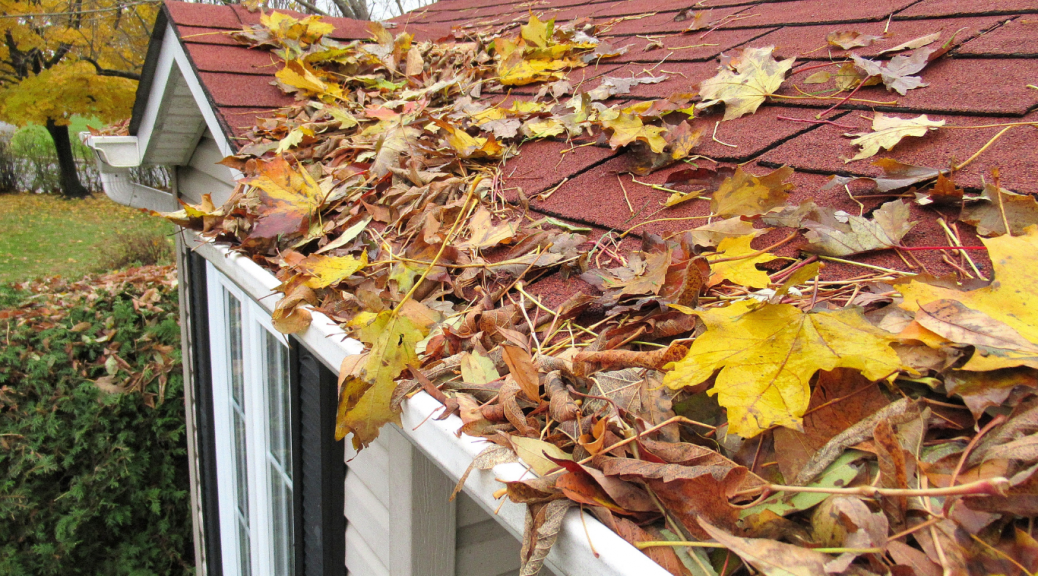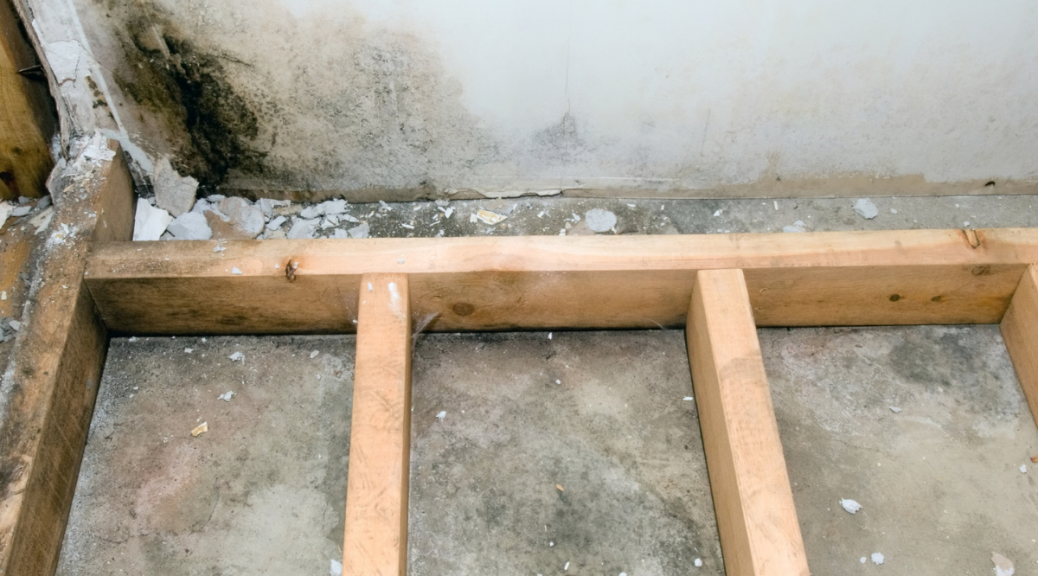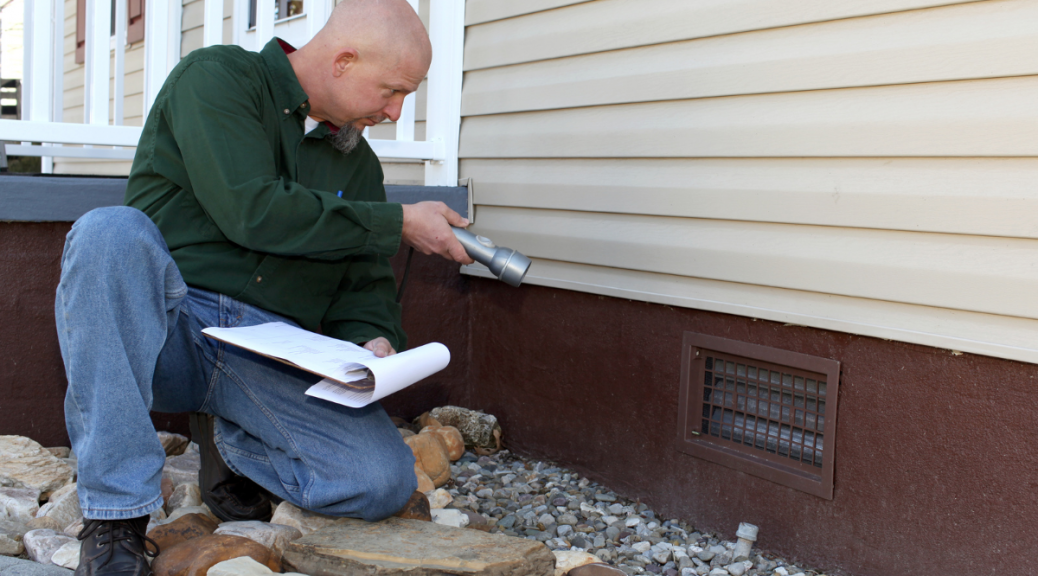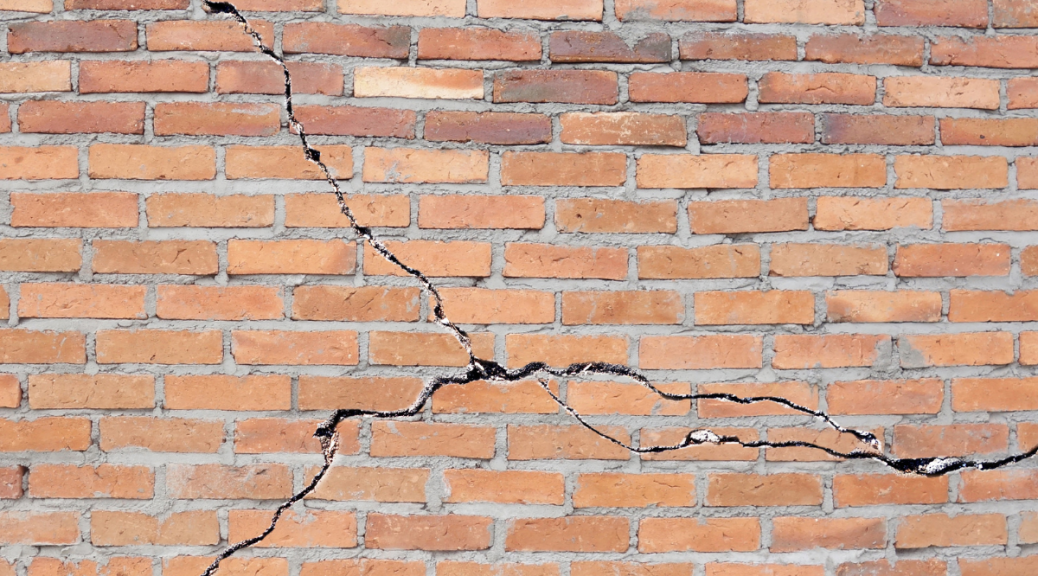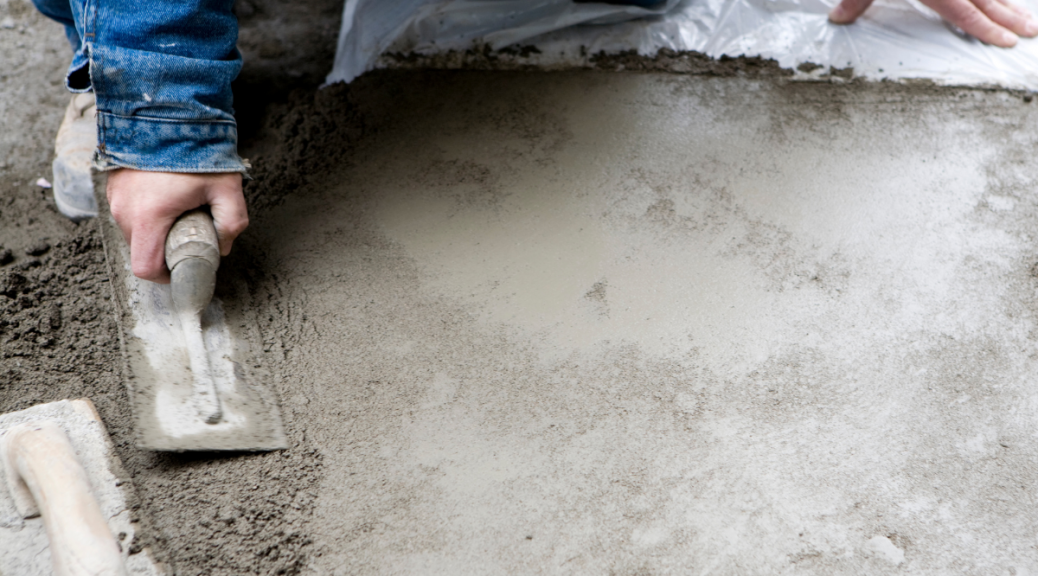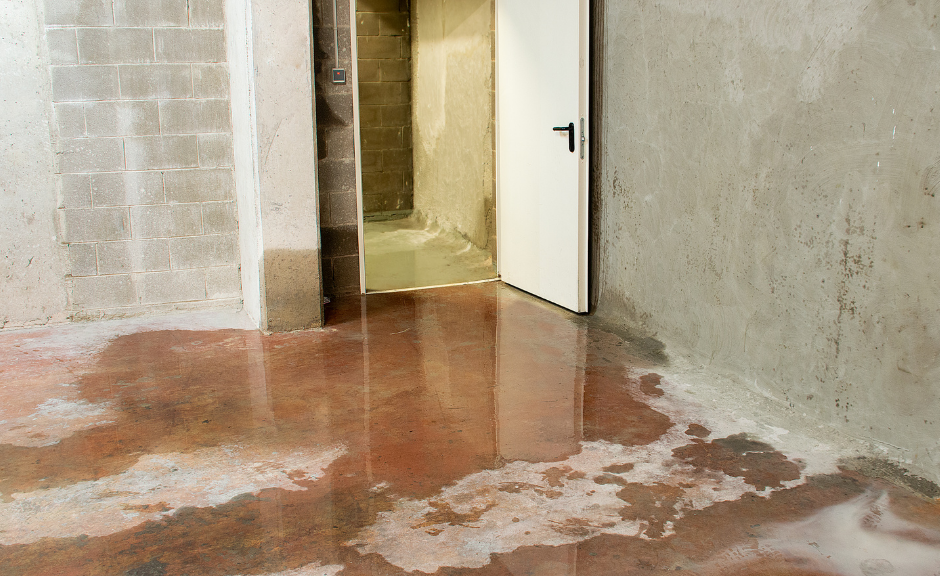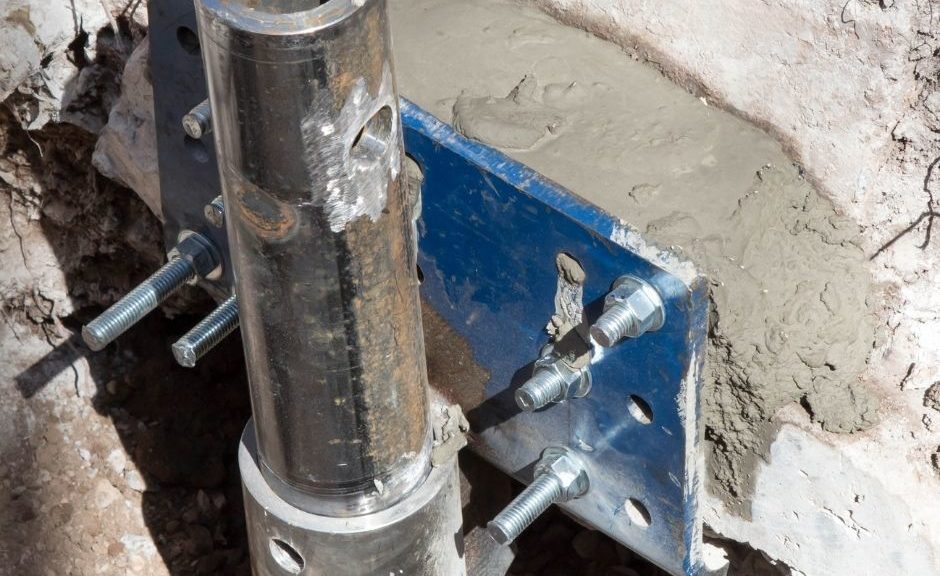We take our gutters for granted.
We don’t look at them very often even as leaves, twigs, and debris accumulate in our gutters. However, neglecting this seemingly small chore can have significant consequences that would need structural repair, especially when it comes to your home’s foundation.
Gutters are an integral part of a home’s drainage system. They channel rainwater and melted snow away from the roof and the foundation of your home. Without gutters, water would run down the roof and pour directly onto the ground near the foundation. Excess moisture leads to foundation damage and other home issues.***
When gutters become clogged with debris, water cannot be redirected away from your home. Instead, water overflows from the gutters and pools around the foundation. Over time, this excess moisture can lead to several problems:
- Soil Erosion: Water that collects around the home foundation and erodes the soil. As the soil shifts and washes away, it can create voids and gaps beneath your home’s foundation, weakening its support.
- Foundation Cracks: Excess moisture can seep into your foundation, causing it to crack. As these cracks widen, they compromise the structural integrity of your home and would need structural repair.
- Basement and Crawl Space Flooding: When water saturates the soil around your foundation, it can find its way into your basement or crawl space. This not only damages your belongings but can also lead to mold and mildew growth.
- Uneven Foundation Settlement: Uneven moisture levels in the soil can cause your foundation to settle unevenly. This can result in sloping floors, cracked walls, and other structural issues.
- Costly Repairs: Foundation damage is not only a structural concern but also a financial one. Repairing foundation issues can be extremely costly, often requiring extensive work to stabilize and restore the foundation.
Regular gutter maintenance is the key to preventing foundation damage caused by clogged gutters. Here are some essential steps to keep your gutters clean and the home foundation protected:
- Regular Cleaning: Clean gutters at least twice a year, typically in the spring and fall. However, if you have overhanging trees, you may need to clean them more frequently to prevent clogs.
- Proper Installation: Ensure your gutters are correctly installed with a slight downward slope toward the downspouts. This helps water flow smoothly toward the drainage system.
- Gutter Guards: Consider installing gutter guards or screens to prevent debris from entering your gutters while allowing water to pass through. While not foolproof, they can significantly reduce the frequency of cleaning.
- Downspout Maintenance: Check that your downspouts are clear and unobstructed. Make sure they direct water away from your home’s foundation.
- Landscaping Considerations: Trim overhanging branches and vegetation near your roof to minimize the amount of debris that falls into your gutters.
- Professional Inspection: Periodically hire a professional to inspect your gutters for damage or signs of clogs that may not be visible from the ground. They can also inspect your home foundation and determine if any structural repair is needed.
While it’s easy to underestimate the importance of clean gutters, they are a vital component of your home’s overall maintenance. By ensuring that water is properly channeled away from your foundation, you can avoid costly structural repairs and potentially devastating foundation damage. Regular gutter cleaning and maintenance are not just a matter of aesthetics; they are crucial for the long-term structural integrity and stability of your home. Don’t overlook this essential task, as it can save you a significant headache and expense down the road.
M Taylor Enterprise has an expert home structural repair team that can inspect your home to see if you have any home structural issues. Call our home foundation and structural repair experts in Maryland at (301) 649-3406 or email matt@mtaylorenterprise.com. We will do a free consultation, make recommendations, then do any needed repairs quickly and efficiently.
We serve Montgomery County, MD, parts of Prince George’s, MD, and Howard County, MD.
*** For more information, on gutter maintenance visit the Maryland Reporter website.


